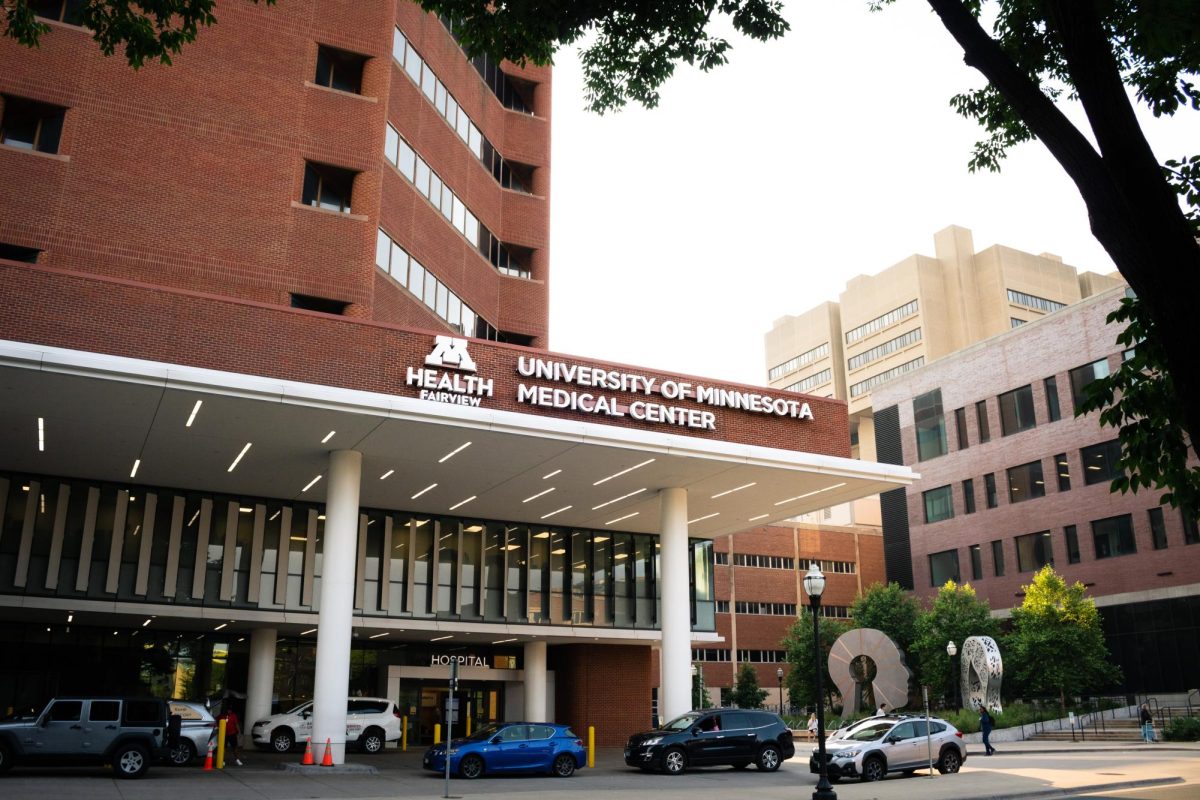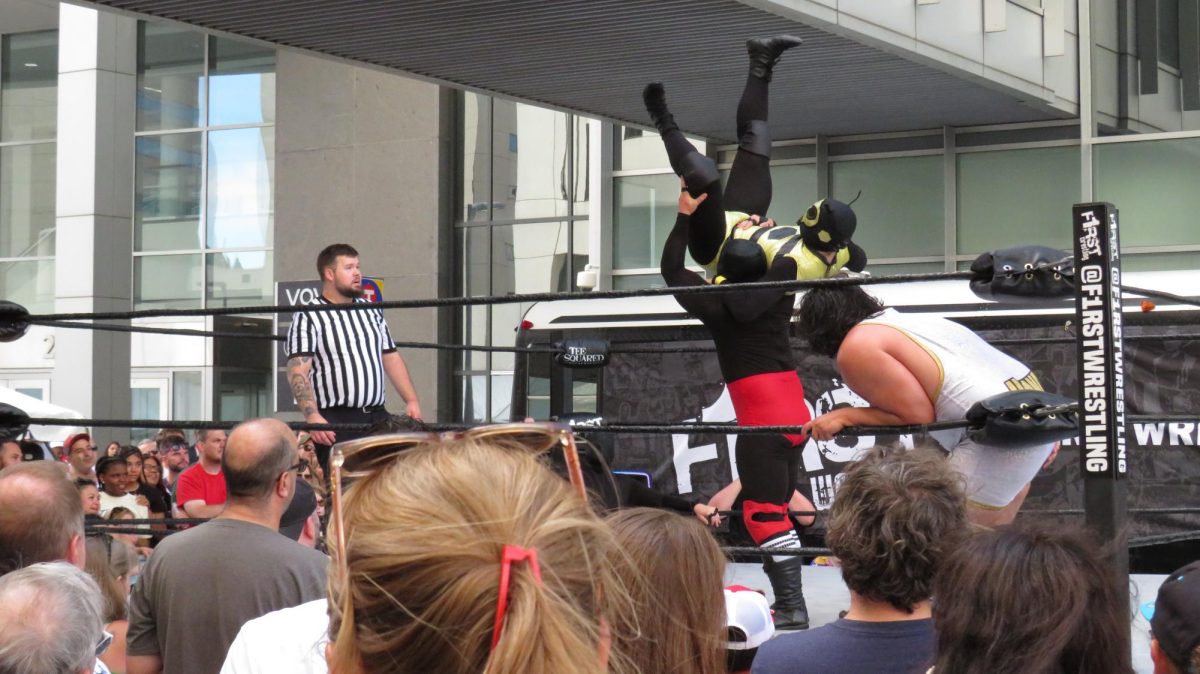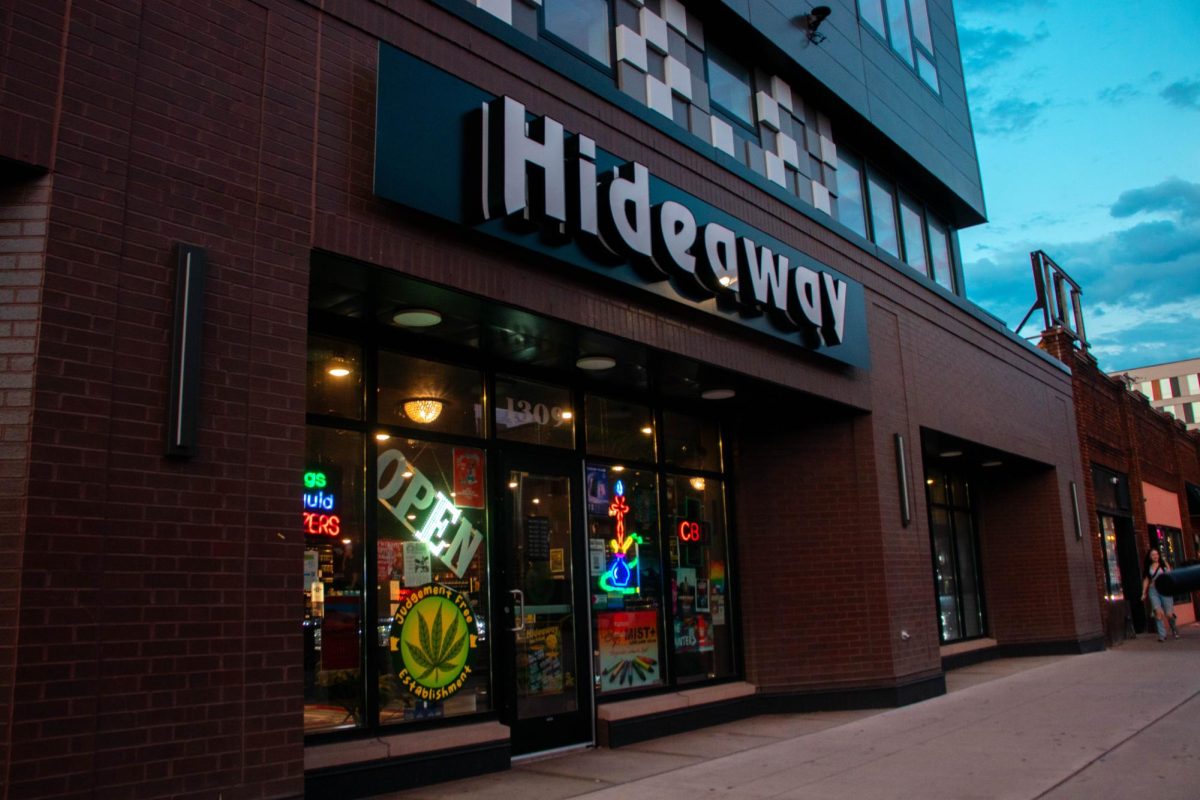It’s that time of the year again. The leaves have fallen, and it’s time to move your car.
The city of Minneapolis is in the process of cleaning 1,100 miles of streets. Since Oct. 23, residents have had to move their cars or face towing.
Mike Kennedy, director of transportation maintenance and repair of public works, said that tows have been decreasing citywide during recent street sweeps, but the University area still has an above-average number of tows, possibly because neighborhoods near the University have a high demand for on-street parking. “Unfortunately, that’s where we have the lowest compliance and we have to do more enforcement,” he said.
Kennedy also said the city profits very little from street sweeping. The city pays the towing company anywhere from $60 to $160 per tow. Towed cars’ owners pay a $33 ticket and the $138 cost of towing. “It’s actually in our interest to get compliance because we could get more done,” Kennedy said. “(But) we do get some complaints.”
The city posts signs on streets 24 hours in advance of sweeping. The signs state that parking will be banned from 7 a.m. to 4:30 p.m.
This year, the city notified the University, which then posted the information on Parking and Transportation Services Web site.
University spokesman Dan Wolter said the University does not typically notify students via e-mail about the city’s activities.
The street sweeps usually take about five weeks and are done in spring as well. The city sweeps periodically at other times during the year without requiring residents to move their cars.
According to the city’s Web site, streets are swept to prevent leaves from entering storm drains.
John Gulliver, a civil engineering professor at the University, said removing leaves from the streets helps protect lakes and rivers.
When leaves get into sewers and drains, they go directly to lakes and rivers. Leaves contain phosphorous, an element that encourages the growth of algae, Gulliver said. Algae can change a lake’s ecosystem and turn water green.
“The street sweeping will help pick up leaves, it’s a good thing,” he said. “I don’t think it helps much for the smaller particles.”
Leaves, sand and grass clippings are some of the main sources of pollution in lakes and rivers, Gulliver said. If the city wants to do more, it could pick up the smaller particles by switching the type of street sweepers it uses, he said.
Kennedy said the city uses mechanical street sweepers, which pick up leaves and some large sands. A vacuuming street sweeper would pick up smaller sands and silts.
The city sometimes uses regenerative air street sweepers, which pick up some of the smaller particles but not all.







